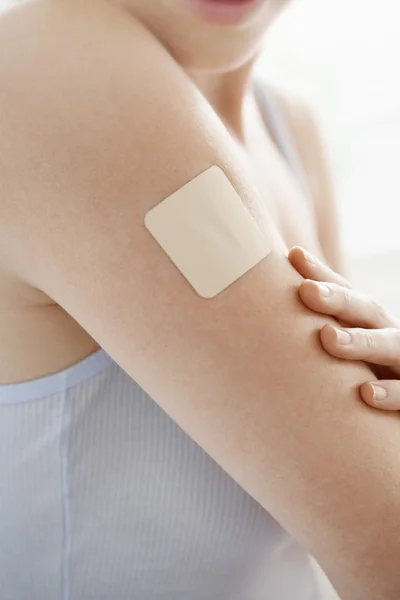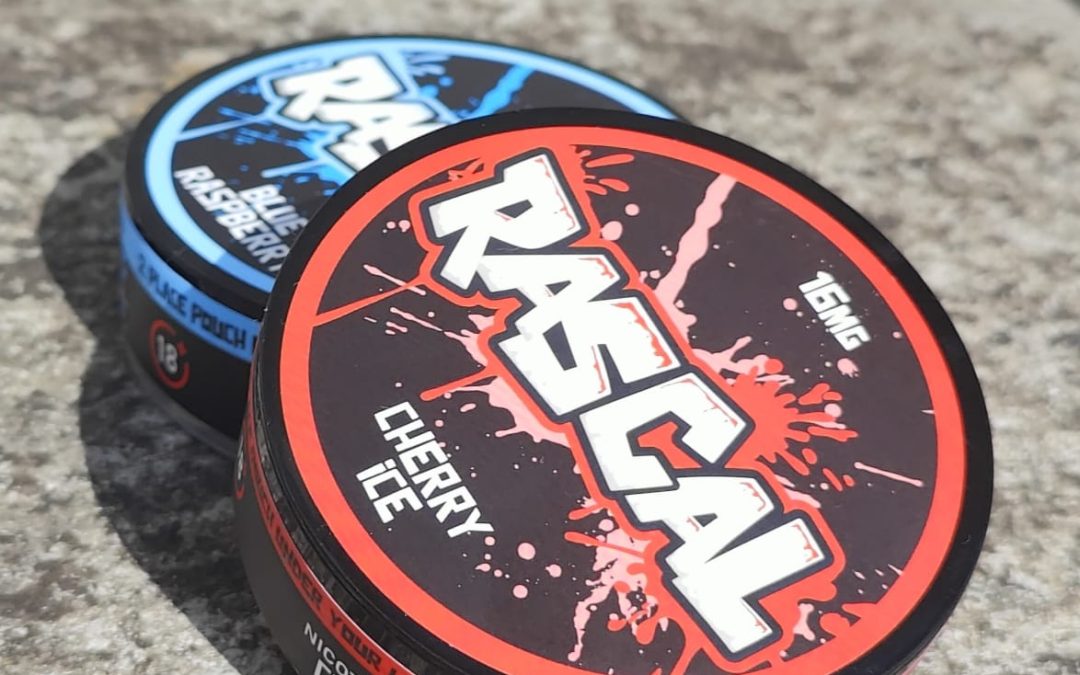
Introduction
Nicotine replacement therapy (NRT) has been a cornerstone in helping individuals quit smoking and manage nicotine cravings. Among the myriad options available, nicotine pouches and nicotine patches are two popular choices. While both aim to deliver nicotine without the harmful effects of smoking, they do so in fundamentally different ways. This article delves into the key differences between nicotine pouches and nicotine patches, exploring their mechanisms, benefits, drawbacks, and suitability for various types of users.
Nicotine Pouches: Overview

Tobacco-free snus, also called nicopods or nicotine pouches are small, white, pre-portioned pouches containing nicotine along with other ingredients such as sweeteners, flavorings, and fillers. They are designed to be placed between the gum and upper lip, where they slowly release nicotine into the bloodstream through the mucous membranes.
Mechanism of Action:
- The human body absorbs nicotine through the mucous membranes in the mouth.
- The onset of nicotine release is relatively quick, providing almost immediate relief from cravings.
- The duration of nicotine release varies but generally lasts between 20 to 60 minutes. However, the preferred use time depends on the pouch’s strength and the user’s usage habits.
Benefits:
- Discreet Usage: Nicotine pouches are small and be used discreetly without the need for spitting or the noticeable presence of tobacco.
- Immediate Relief: The quick release of nicotine helps curb cravings almost instantly, which can be beneficial for those needing rapid intervention.
- Flavors and Varieties: Available in a range of flavors and strengths, allowing users to choose according to their preferences and needs.
- No Smoke or Odor: As there is no combustion involved, nicotine pouches do not produce smoke or odor. Therefore, they are suitable for use in public places and around non-smokers.
Drawbacks:
- Mouth Irritation: Some users may experience irritation or discomfort in the mouth where the pouch is placed.
- Short Duration: The effects are relatively short-lived, which might necessitate frequent use throughout the day.
- Regulation and Safety Concerns: Being a relatively new product, the long-term health impacts and regulatory standards are still evolving.
Nicotine Patches: Overview
Nicotine patches are transdermal patches that deliver a steady dose of nicotine through the skin over a prolonged period. Subsequently, they are typically applied to a clean, dry area of the skin, such as the upper arm, chest, or back.
Mechanism of Action:
- Nicotine absorbs through the skin and into the bloodstream.
- The release of nicotine is slow and steady, maintaining a consistent level of nicotine in the body.
- Patches are designed to be worn for 16 to 24 hours, depending on the product and the user’s needs.
Benefits:
- Steady Nicotine Delivery: Provides a continuous, controlled release of nicotine, which helps maintain stable nicotine levels and reduces withdrawal symptoms.
- Convenience: Patches require minimal maintenance—simply apply and leave it on for the designated period.
- Ease of Use: Simple application process, making it user-friendly even for those new to nicotine replacement therapy.
- Reduced Cravings: By maintaining consistent nicotine levels, patches can effectively reduce the frequency and intensity of cravings.
Drawbacks:
- Delayed Onset: The absorption of nicotine through the skin is slower compared to mucosal absorption. This leads to a delayed onset of relief from cravings.
- Skin Irritation: Some users may experience skin irritation, itching, or rash at the site of application.
- Fixed Dosage: The fixed nicotine dosage may not cater to users who require variable nicotine intake throughout the day.
Comparing Nicotine Pouches and Nicotine Patches
1. Speed of Nicotine Delivery:
- Nicotine Pouches: Offer rapid nicotine delivery, making them ideal for managing sudden cravings.
- Nicotine Patches: Provide a slow, steady release, suitable for maintaining consistent nicotine levels.
2. Duration of Effect:
- Nicotine Pouches: Short-acting, typically lasting from 20 to 60 minutes.
- Nicotine Patches: Long-acting, providing relief for 16 to 24 hours.
3. Usage and Discretion:
- Nicotine Pouches: Highly discreet and convenient for on-the-go use.
- Nicotine Patches: Require planned application and are visible on the skin. However, users could cover the patches with clothing.
4. Side Effects:
- Nicotine Pouches: May cause oral discomfort or irritation.
- Nicotine Patches: Potential for skin irritation at the application site.
5. Regulatory and Health Considerations:
- Nicotine Pouches: Newer on the market, with evolving research on long-term effects.
- Nicotine Patches: Established product with a well-documented safety profile and extensive research backing their efficacy.
Suitability for Different Users
Nicotine Pouches:
- Suitable for users who need quick relief from cravings.
- Ideal for those looking for a discreet, portable option.
- Preferred by individuals who enjoy flavored nicotine products.
Nicotine Patches:
- Suitable for users who prefer a set-it-and-forget-it approach.
- Ideal for those who need continuous, long-lasting nicotine delivery.
- Preferred by individuals sensitive to frequent dosing and who may benefit from stable nicotine levels.
Conclusion
Both nicotine pouches and nicotine patches offer viable alternatives to smoking, catering to different needs and preferences. The choice between them largely depends on individual lifestyle, the severity of nicotine dependence, and personal preferences regarding the speed and duration of nicotine delivery. Understanding the distinct mechanisms and benefits of each can help users make informed decisions, thereby enhancing their chances of successfully quitting smoking and managing nicotine cravings effectively.




